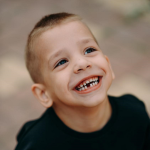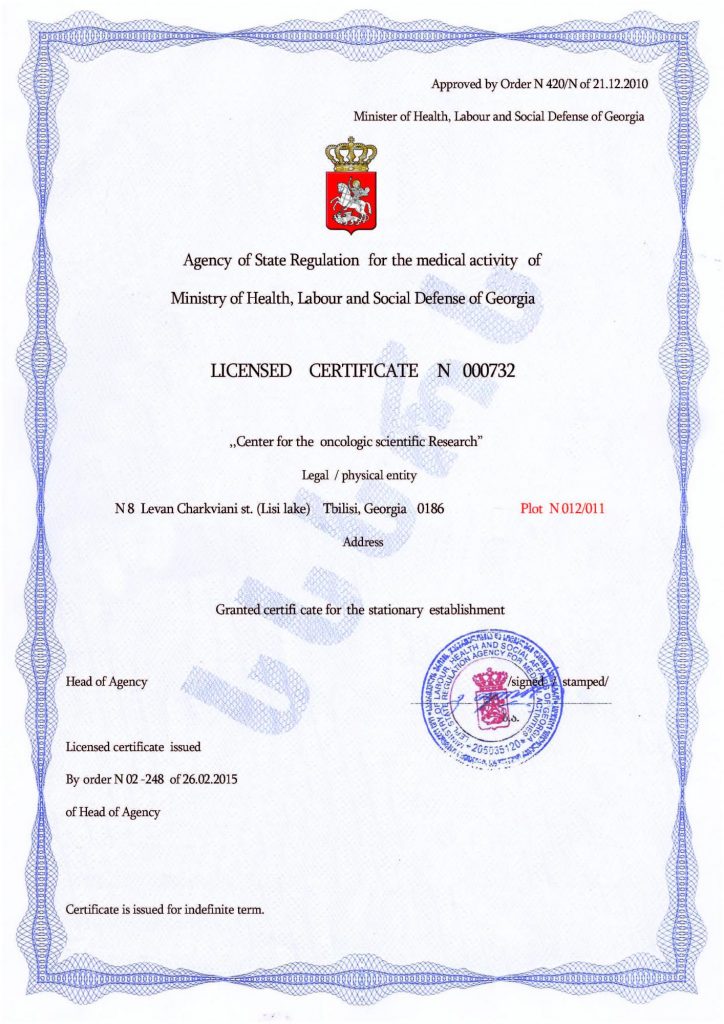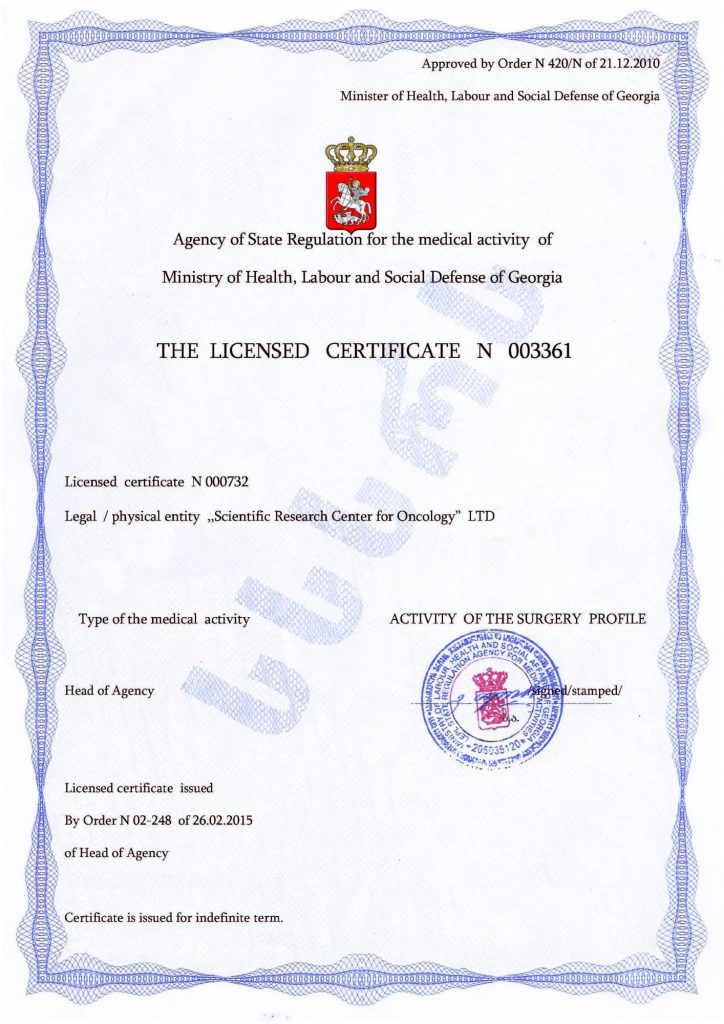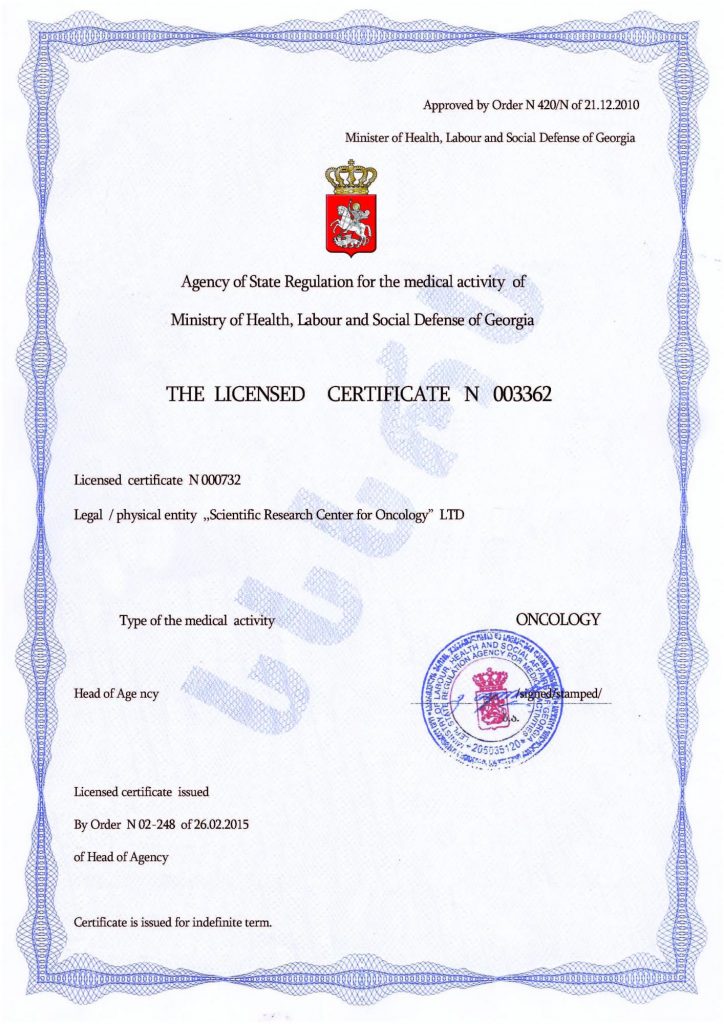How Can You Identify Childhood Autism?
Autism is a disorder in the development of specific functions of a child’s mental system. The disease manifests in difficulties with interpersonal relationships, learning, and other behaviors. Autism is most often diagnosed at the ages of 2-4 years.
Many parents wonder, upon noticing oddities in the behaviour of their child, how to identify childhood autism by its symptoms. It is not so simple, however, because the symptoms can differ radically for different children. Since boys are more frequently diagnosed with autism spectrum disorder, the majority of queries are about how to determine autism in girls. Let’s consider the general symptoms to begin.
How to identify an autistic child at an early age:
- Ignoring tactile contact. A baby may react negatively if parents pick them up, and calm down when put in bed;
- Absence of interest in communication with parents;
- Fear of loud noises and unexpected situations;
- Indifference to toys that children usually like;
- Interest in household objects that are not used as toys.
How to determine if a preschool-aged child is autistic:
- Serious speech disorders before the age of 3-5 years, lack of understanding of the semantic content of speech;
- Echolalia — repeated imitation of sounds made by others;
- Perseveration — repetition of one word or phrase, a task, action, or emotion;
- Refusal to follow certain rules of behaviour or play; a child does not understand why any restrictions are needed at all.
- Difficulties in understanding other people’s emotions and feelings;
- Absence of reaction to own name spoken by others;
- Avoiding eye contact;
- Fearlessness, even in dangerous or life-threatening situations;
- Difficulties in perceiving new information;
- Asocial forms of behaviour;
- Hysterics;
- Sleep disorders.
How to identify autism in boys and girls?
Understanding the gender differences that exist in the manifestation of autism spectrum disorder can dramatically help in identifying the disease and the best treatment. It has been repeatedly observed that symptoms of autism are somewhat different for boys and girls. For example, females are usually diagnosed with anxiety disorders, depression and problems in family relationships.
As for external manifestations, girls and boys process information differently. Girls rely more on their intuition and nonverbal signals, while boys are more focused on concrete, material, and verbal signs. It is natural for normally developing boys to look longer at a person speaking than girls, but autistic children demonstrate opposite behaviour. This means that an autistic girl looks at a person for a long time in order to obtain more information for understanding, while an autistic boy avoids lingering looks because he does not know how to analyae these visual cues.
Modern innovations in the treatment of childhood autism
Effective treatment at the Mardaleishvili Medical Centre in Georgia for childhood autism spectrum disorder is known throughout the world. Patients come here immediately after examination and diagnosis, so they do not waste precious time. Innovative technology enables the most effective treatment for the pathology of autism, giving a patient the chance to lead a healthy, active, full lifestyle.
Undergo stem cell treatment for childhood autism after diagnosis — this method enhances the therapeutic effects of other techniques.
Autism Treatment Center Videos
Autism treatment with own stem cells
Cord blood association congress
International Quality Crown
Autism Treatment Reviews
Autism treatment with own stem cells
The story of Alessandro (6 years old)
Autism Patient Testimonial - Stem Cell Treatment
Clients Testimonials
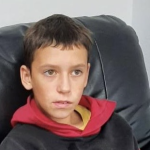
Feedback from Igor, David’s father (12 years old) Read More
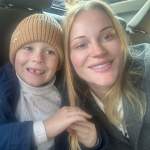
Feedback from Olga, Fedya’s mother Read More
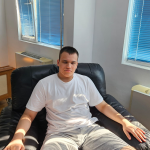
Feedback from Natalia, Radomir’s mother (15 years old) Read More
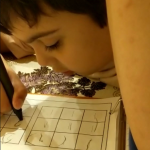
Feedback from Esther, Samuel’s mother (8 years old) Read More
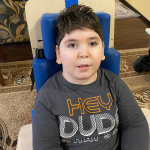
Feedback from Abibe, Selim’s mother (7 years old) Read More
